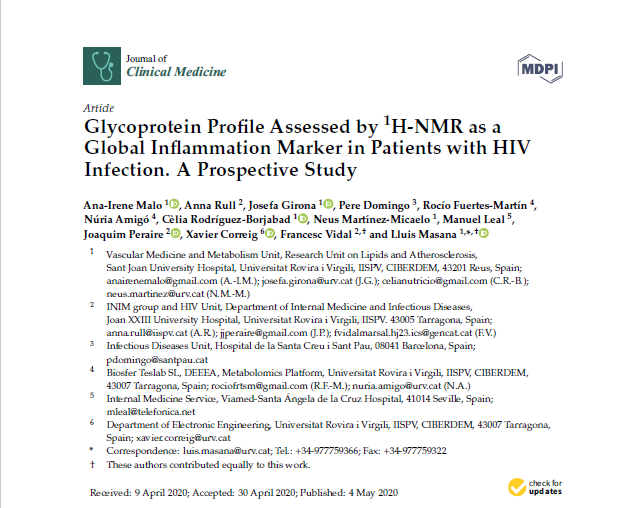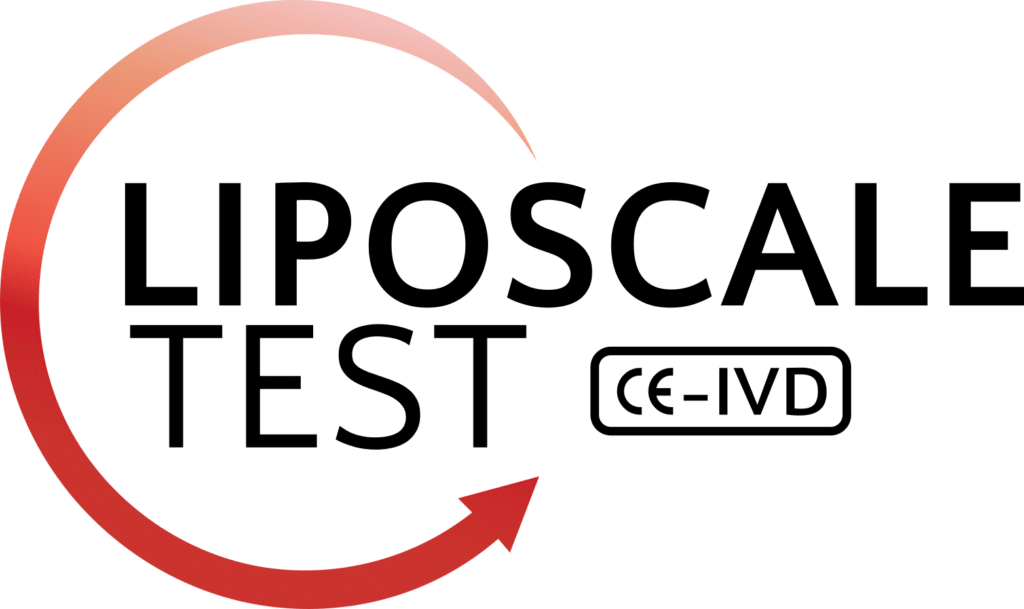Abstract
Plasma glycoproteins are a composite biomarker of inflammation and can be detected by 1H-NMR. The aim of this study was to prospectively appraise the clinical value of plasma glycoproteins assessed by 1H-NMR in people living with HIV (PLWH). A total of 221 patients with HIV infection were recruited and studied at baseline and at 48 and 144 weeks. Patients were distributed into two groups according to baseline CD4+ T-cell number below or above 200 cells/µL. Patients with fewer than 200 cells/µL were distributed into the responders and nonresponders according to antiretroviral therapy (ART) response at 144 weeks. Glycoprotein concentrations were determined by 1H-NMR arising from the protein bond N-acetylglucosamine and N-acetylgalactosamine signals (GlycA); and N-acetylneuraminic acid signal (GlycB) associated with the sugar–protein bond concentration and aggregation state (shapes (height/width)). Basal glycoprotein concentrations were higher in patients with < 200 CD4+ T-cell/μL (Glyc A: 1040(917.9–1199.1) vs. 950.4(845.5–1050.9), p < 0.001, and Glyc B: 521(440.3–610.3) vs. 468.6(417.9–507.0) μ mol/L, p < 0.001) being reduced by ART. The height/width (H/W) ratio was the parameter showing a better association with this clinical status. Baseline glycoproteins predict the condition of responder/nonresponder. In this study, 1H-NMR glycoproteins provide novel insights to assess inflammation status and have prognostic value in PLWH.



